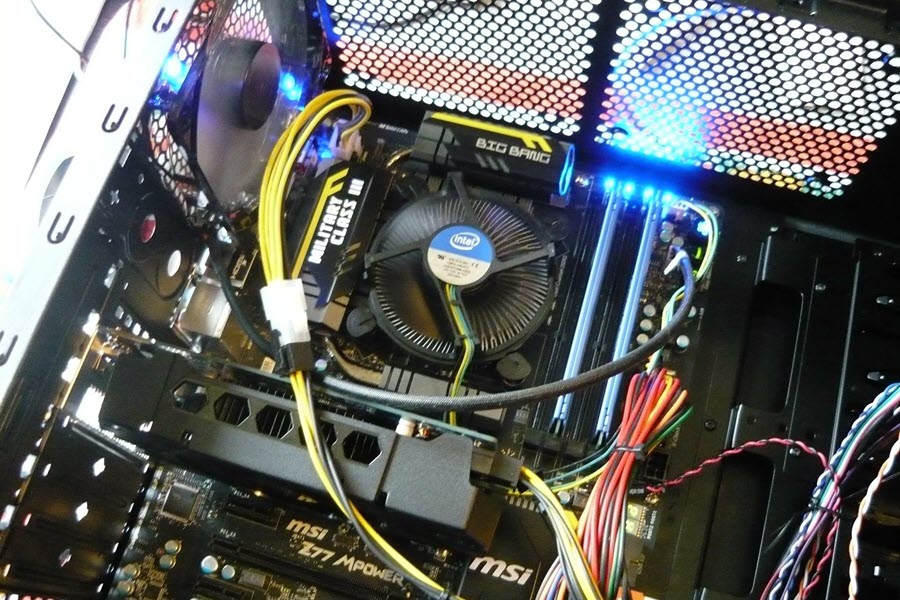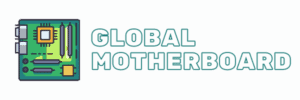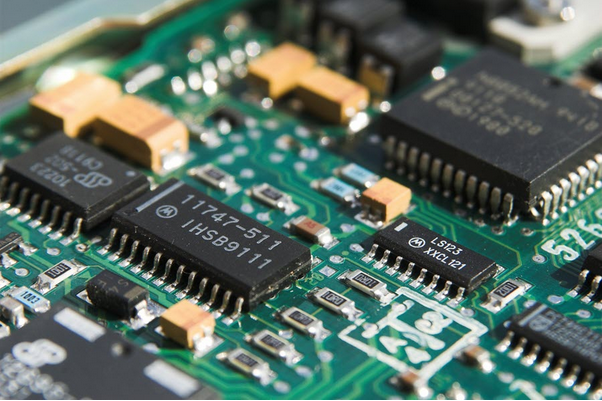You don’t have to spend a whole day understanding the term ‘motherboard’ and the functions that it performs to keep the laptops running. The central circuit hub is known to link the connected and peripherals existing on the computer.
Besides, the motherboard is responsible for providing power to the graphics card, CPU, memory, storage media, and all other components.
The motherboard is an essential part of the computer, without which the entire system won’t work; it is certainly one of the most delicate components too. Let’s learn about the most common motherboard errors and how they affect your computer.
Common Motherboard Issues With Solutions
Squealing Startup Sound
Loud fan noise followed by overheating is the first few things you may notice if the motherboard is at fault. In that case, stopping unnecessary background apps or deleting resource-heavy programs can help fix the issue; you may need to install new fans.
Frequent System Crash
When the motherboard fails to handle the huge voltage output from the power supply, the laptop crashes abruptly. If you have a liquid-cooling system in place, consider buying a high-wattage power supply unit. Also, try unplugging all the peripherals and restarting the laptop.
Abrupt Shuts Down
You may not be able to boot your computer after a crash. However, if your computer shuts down regularly for a few hours, the problem is comparatively easy to handle. In such cases, the reason behind system failure can be an inadequate power supply or the unavailability of RAM.
Slow System Function
When a laptop such as a MacBook is running slower than usual, improper functioning of the motherboard or failure of a single hardware component can be the reasons. Run Apple Diagnostics to detect the issue and handle slow mac fixes to resolve the issue.
No Video Display

When the laptop boots normally but you don’t see the display, check if the video card is inserted properly into the right circuit. Also, check if there is sufficient power sully and that the cables are correctly connected to the video cards.
Unreadable Audio Files
If the audio output on your laptop is not working as desired, there must be some hardware issue that demands immediate attention. Besides, check if any sound driver-related issues exist on the laptop. Make sure the speakers are not put to Mute.
Insufficient Power Supply
If your laptop doesn’t start, inappropriate motherboard functioning can be the reason. Replace the power cables to fix the issue. If that doesn’t seem to work, there might be another hardware issue on the motherboard that is preventing the laptop from starting normally.
Stuck on BIOS Screen
If the laptop doesn’t boot past BIOS, make sure to reset the Basic Input/Output System, which is likely to fix many minor as well as major issues. Based on the operating system, the steps to reset BIOS vary, so make sure to explore the right procedure before you start.
Unresponsive Laptop Screen
When your computer takes time to wake up from sleep mode, shut down the device and then restart. Once your screen starts to boot, press down the power button till you see the display. Make Sure the system drivers are up-to-date as the issue is less likely to be motherboard-related.
How Do Motherboards Work?

A motherboard acts as a backbone of the computer system that links all the computer components all together to develop a cohesive whole. Different elements such as the GPU, the CPU, the storage, and the RAM, among others, cannot interact otherwise.
Parts of the central circuit hub include a power supply, data connectors, heat sink, fans, and capacitors. You will also find tiny screw holes that allow you to add new parts to the motherboard.
Expansion slots enable adding more components or upgrading the existing ones to improve the overall performance of your laptop.
All the components that go inside the circuit hub directly or via wires include:
- Processors
- Video cards
- Sound cards
- Optical drives
- Graphics cards
- Memory sticks (RAM)
- Hard drives (HDD or SSD)
If you are using a laptop, you may also find a BGA (ball grid array) socket integrated into the motherboard. Removing the BGA socket is difficult, so opt for LGA or PGA sockets as they are easy to add or remove from the respective sockets while upgrading the motherboard.
Pair the motherboard with an Intel Core i7 or i9 processor to utilize its full potential. Also, pick one with a decent number of expansion slots and ports for PCIeX16 slot, PCIeX4, and PCIeX1 slots.
The Conclusion
To conclude, the motherboard is responsible for developing a connection across devices so that they can interact with each other smoothly and effortlessly. On finding any hardware-related issues in your laptop, make sure to back up the entire data before you initiate any fix.

